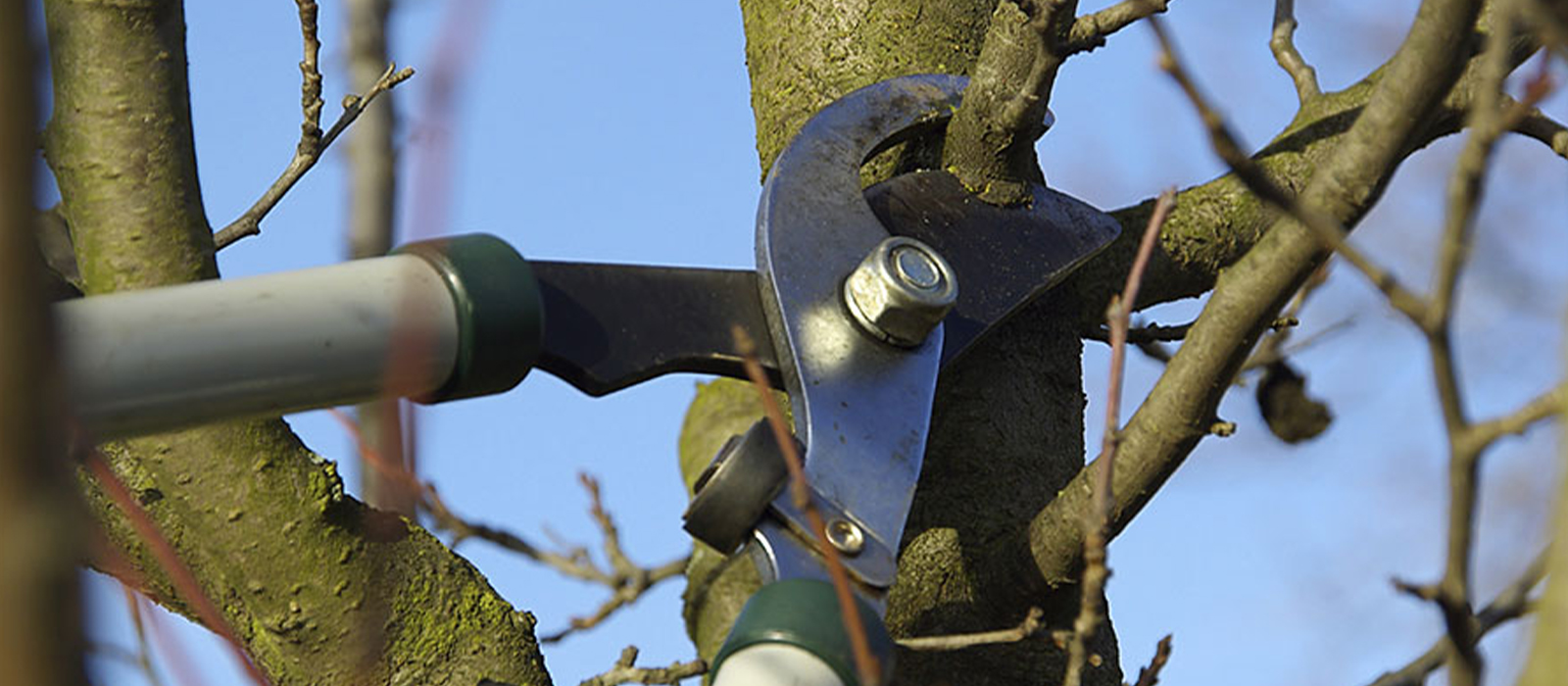Choosing the Right Pruning Method for Your Trees

It’s a treat to watch the snow build up on the branches of our trees in Wisconsin during the winter months. Snowfalls, however, can reveal trees with congested, low-hanging, or broken branches that are now stuck in the tree’s crown. A sign that pruning is necessary for both our safety and the health of the tree is provided by these indicators.
You can learn more about our tree-pruning methods by using descriptive and proper terminology when discussing them. Let’s get down to the nitty-gritty of tree pruning.
The Different Types of Tree Pruning
To remove diseased, broken, dying, or dead branches is the most common type of pruning. Certified arborists are able to identify these branches regardless of whether or not the tree is covered in leaves. Arborists quickly become adept at spotting and removing these types of branches.
Tree pruning helps to open a tree’s crown by removing dead, diseased, or broken branches, allowing more air and light to pass through. In addition to reducing the risk of branch failure, removing foliage and branches reduces the weight of the extended branches and limbs. For arborists, there are limits to the amount of pruning that can be done to trees. As a general rule, only one-fourth of the tree’s live foliage should be removed during pruning.
It is common for storms to reveal which branches pose a danger to buildings, streetlights, signs, and electrical wires. Although these may not be realised until the branches have failed, it is possible that they will. Ideally, Certified Arborists can prevent damage to the tree and/or damage to property by dealing with poorly attached branches. Another way to help the tree thrive in the landscape for many years is to remove these branches from the tree. Cutting branches back to maintain the tree’s central leader’s dominance is one method of structural pruning. With this branch reduction pruning method, you won’t have to worry about the same issues as tree topping. As a matter of fact, structural pruning is a way to ensure that a tree will continue to grow for many years to come by controlling branch density and branch diameter ratios within the tree.
Other Tree Pruning Types
Pruning may be necessary to maintain the proper distance between trees and structures when they are planted in confined spaces or too close together. Clearance pruning is required to maintain the necessary space to avoid maintenance issues in places like courtyards, patios, overhead lights, and other landscape structures.
Topiary pruning is a type of specialised pruning. These trees and shrubs have been meticulously pruned to perfection, and they’re usually quite eye-catching as a result. Regular maintenance is required to keep the shape of a topiary plant in your landscape.
Expanding branches may eventually obstruct the yard’s layout, especially if they are left to hang low. A previously obscured view can be restored through expert tree pruning. Pruning low branches or removing entire limbs can help you get a better view of the landscape you desire.
The reason for removing certain branches is guided by the pruning’s goal. Tree health is a priority for the Certified Arborists at Outdoor Pros So, we tailor our pruning methods to the specific tree, season, and goals you’ve provided us with in mind. Get your tree pruning scheduled today by contacting us at (713)-299-2500
